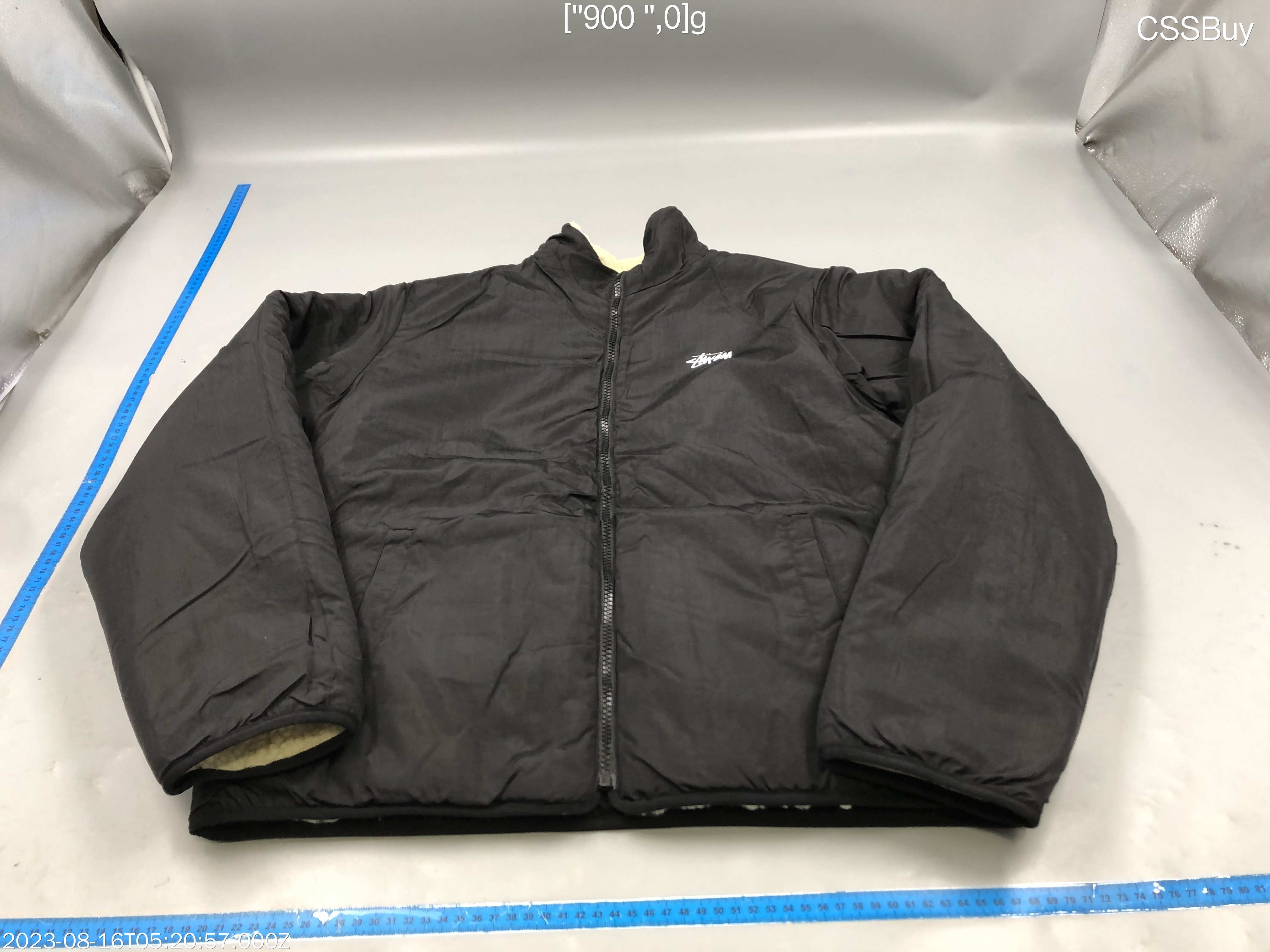The oxygen sensor, commonly known as the O2 sensor, plays a crucial role in your Jeep’s engine management system. This component measures the amount of oxygen in the exhaust gases, providing vital information to the engine control unit (ECU) to maintain the optimal air-fuel ratio. A properly functioning Jeep 02 Sensor ensures efficient combustion, reduces emissions, and optimizes fuel economy. This article delves into the intricacies of the Jeep 02 sensor, covering its function, common issues, and troubleshooting tips.
How a Jeep 02 Sensor Works
The Jeep 02 sensor is typically located in the exhaust manifold or exhaust pipe. It utilizes a chemical reaction to generate a voltage signal proportional to the oxygen concentration in the exhaust. When the exhaust is rich (too much fuel), the sensor produces a high voltage signal. Conversely, a lean exhaust (too much air) results in a low voltage signal. The ECU constantly monitors this voltage signal and adjusts the fuel injectors accordingly, striving for the ideal stoichiometric ratio of 14.7:1 (air to fuel). This closed-loop system ensures efficient combustion and minimizes harmful emissions. Earlier Jeeps, pre-OBDII (On-Board Diagnostics II), often relied on a single O2 sensor located upstream of the catalytic converter. With the introduction of OBDII in 1996, a second downstream O2 sensor was added after the catalytic converter to monitor its efficiency.
Common Jeep 02 Sensor Problems
Like any automotive component, the Jeep 02 sensor is susceptible to wear and tear. Common issues include:
- Slow Response Time: A sluggish sensor fails to accurately detect changes in oxygen levels, leading to inaccurate fuel mixture adjustments.
- Sensor Contamination: Exposure to fuel additives, oil, or coolant can foul the sensor, affecting its performance.
- Heater Circuit Failure: Many O2 sensors have an integrated heater to accelerate their warm-up time. A faulty heater can delay the sensor’s ability to provide accurate readings. This is crucial because the O2 sensor needs to reach a specific temperature for optimal functionality.
- Wiring Issues: Damaged or corroded wiring can disrupt the signal transmission between the sensor and the ECU.
- Sensor Failure: Over time, the sensor itself can degrade and fail, requiring replacement. For instance, constant exposure to high temperatures in the exhaust system can eventually damage the sensor’s internal components.
Troubleshooting a Jeep 02 Sensor
Suspecting a faulty O2 sensor? Here are some troubleshooting steps:
- Check Engine Light: An illuminated Check Engine Light (CEL) often indicates an O2 sensor problem. Retrieve the Diagnostic Trouble Code (DTC) using an OBDII scanner to pinpoint the specific issue.
- Visual Inspection: Inspect the sensor for physical damage, contamination, or loose wiring.
- Voltage Test: Using a multimeter, test the sensor’s voltage output. Fluctuations in voltage should correspond to changes in engine speed and load. A consistently high or low voltage may signify a problem. Consult your Jeep’s specific repair manual for the correct voltage ranges.
- Resistance Test: Check the sensor’s heater circuit resistance using a multimeter. Compare the reading to the manufacturer’s specifications.
Conclusion
The Jeep 02 sensor is a vital component for maintaining optimal engine performance and minimizing emissions. Understanding its function and common issues can help Jeep owners diagnose and address problems effectively. Regular maintenance and timely replacement of faulty sensors are essential for ensuring your Jeep runs smoothly and efficiently. If you suspect an issue with your Jeep’s 02 sensor, consult a qualified mechanic or refer to your vehicle’s service manual for detailed diagnostic and repair procedures. A properly functioning O2 sensor contributes significantly to your Jeep’s overall reliability and longevity.
 Oxygen Sensor Socket
Oxygen Sensor Socket

